[Essay] SRC 2017 Summer International Symposium “Northeast Asia’s Faultline: One Hundred Years of Sino/Russian/Soviet Competitive Cooperation”
The Slavic-Eurasian Research Center’s International Summer Symposium was held on 13-14 July 2017. This year’s symposium examined relations between China and Russia that are of increasing importance to Northeast Asian and global affairs. Since 2016, the SRC has been one of six research institutes comprising the National Institutes for the Humanities (NIHU) Area Studies Project for Northeast Asia (NoA-SRC). The symposium was held as part of NoA-SRC’s events for 2017. Over the two days, 153 people took part and many of the speakers were members of NoA-SRC. In addition, distinguished foreign researchers from institutions in Canada, China, India, Mexico, Mongolia, Poland, Russia and the UK were invited.
After the Opening Session (Russia and China Relations Just Offshore) clarifying the purpose and significance of the symposium, five panels were held followed by the closing discussion (Rethinking Sino-Russian Relations). In the first panel (Russia Looks East, China Moves West: Foreign and Security Policies) Russia and China experts analysed the two powers from the perspectives of military factors, the balance of power and asymmetrically dependent relations. Comments from the discussants included the observation that the reality of Sino-Russian relations was more complex than the speakers had suggested, and a reminder of the need to consider what can be done to strengthen cooperation in the region.
The second panel’s (Regional Powers and Northeast Asian Relations in Historical and Theoretical Perspectives) first paper was about the impact of India’s relations with Northeast Asia during Jawaharlal Nehru’s term in office and this period’s overall influence on the country’s position in the Cold War. This was followed by presentations appraising how China’s rise was influenced by the experience of the Russian Revolution as encountered in the Russo-Chinese Borderlands, and theorizing the formation of alliances in 1950s Northeast Asia. Overall, the panel considered the implications of history for contemporary relations.
‘The Russian Far East and the Russo-Chinese Border Zone’ was the title of the third panel that explored how fluctuating state-to-state relations play out through contact in borderlands. Papers covered the role of Territories of Priority Development in the contemporary development of the Russian Far East, the effects of ideological and military competition in the Russo-Chinese Borderlands in the 1960s and 1970s, and an analysis of interdependency between the Chinese government and local farmers in the Russian Far East resulting from soybean farming.
The second day of the symposium saw two panels take place. The first (Competitive Complementarities: Russo-Chinese Transnational Flows) consisted of presentations about Russia’s role in oil and gas supply in Northeast Asia, China’s trade and direct investment in the Russian economy as a whole compared with that in ‘Pacific Russia’, and the viability of the Belt and Road Initiative for the Russian and Chinese economies. The symposium’s last panel (Near, Far, Wherever You Are: Views on Sino-Russian Relations) involved researchers from Mongolia, India and Mexico giving an analysis of relations between Russia and China from their countries’ perspective. The symposium’s final event was a closing discussion. In summing up the two days, there was some consensus that Northeast Asia’s faultline is located along the Sea of Japan rather than between China and Russia, and that this would make a good topic for future research.
Overall, the symposium scrutinized Sino-Russian relations from a variety of perspectives and encouraged a lively discussion concerning the ongoing importance of Northeast Asia. Furthermore, the coming together of researchers from different generations and backgrounds contributed to a highly productive two days.
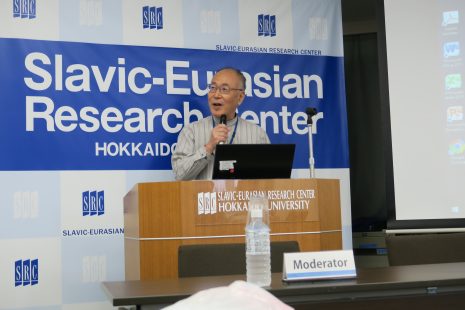 |
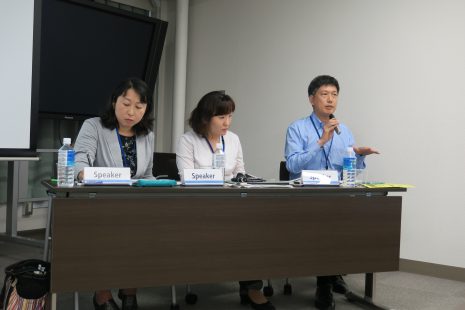 |
 |
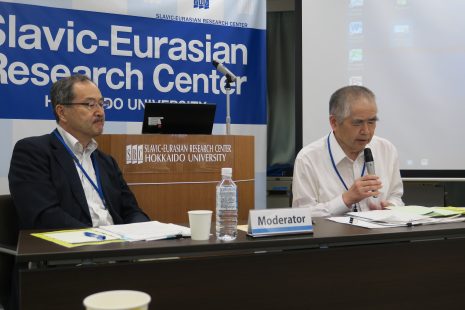 |
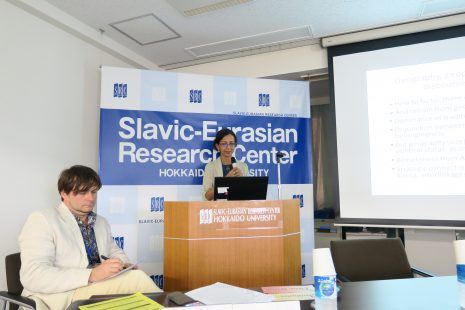 |
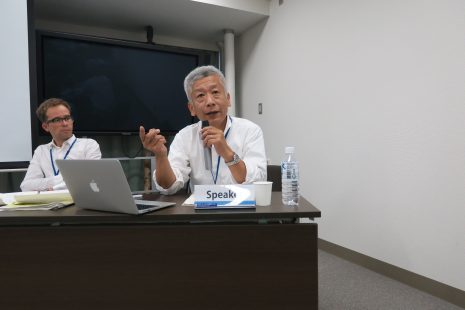 |
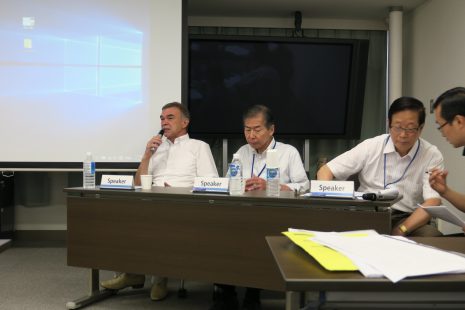 |
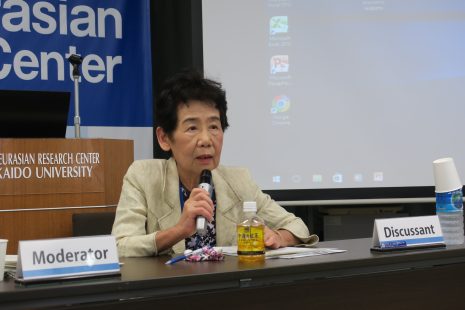 |
 |
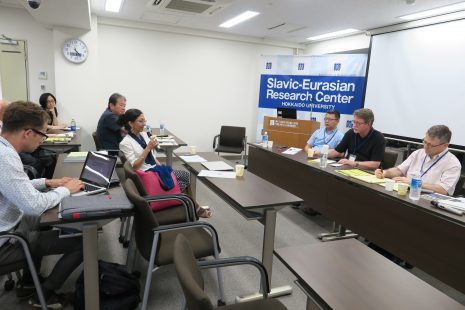 |
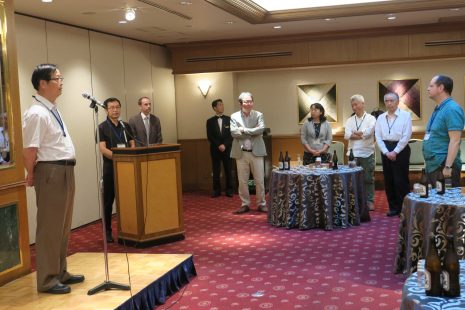 |
 |




